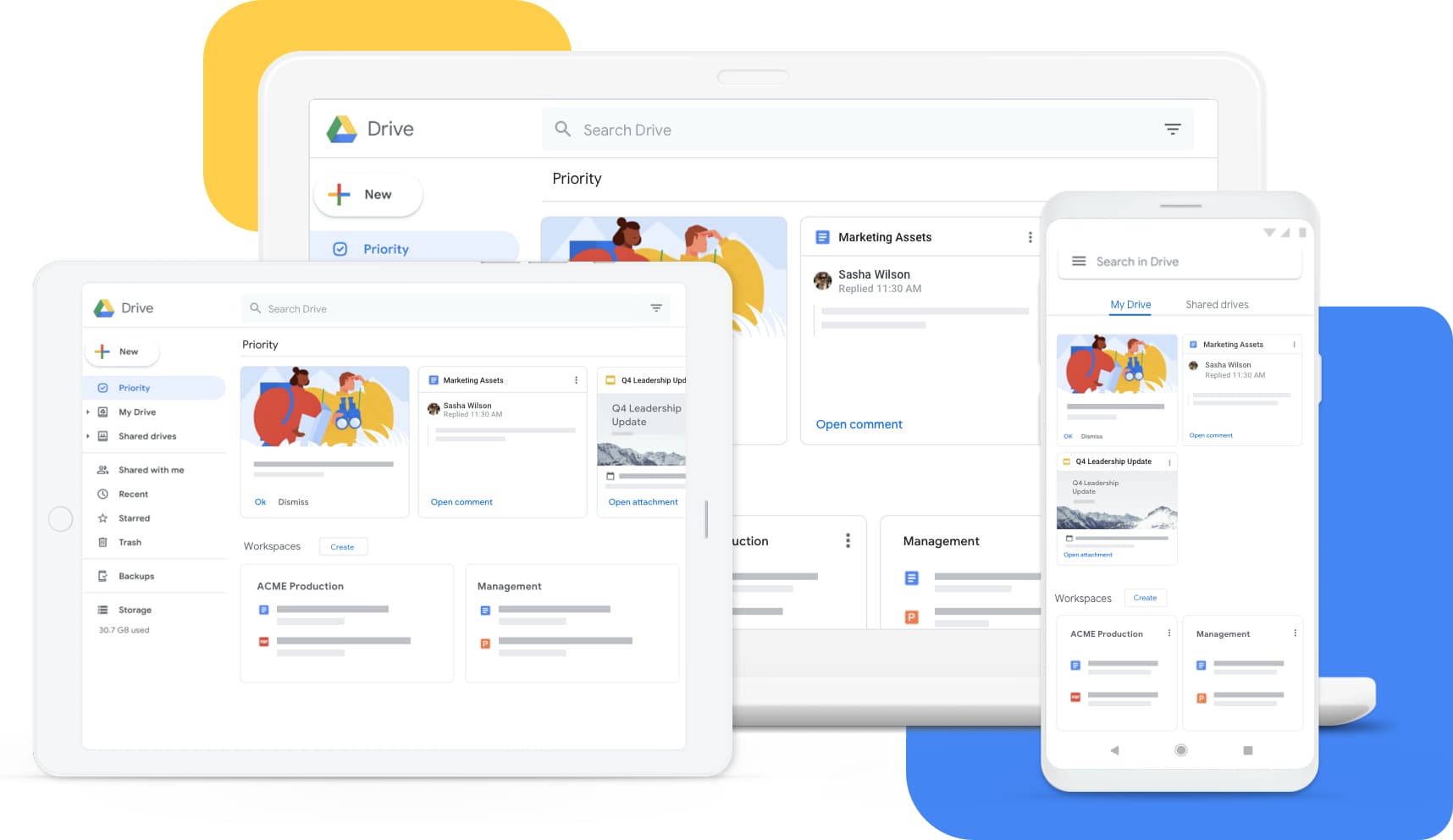
For regular users, Google’s Backup and Sync tool allows them to download their entire Google Drive or select files and folders to their Mac or PC’s local storage. You can think of this just like you would something like Dropbox where it creates a local folder on the user’s hard drive. Any changes made to files here will be synchronized instantaneously between the local machine and the cloud. It’s a wonderful tool for someone like me who uses Chromebooks for day to day living and only uses his PC for game development, but there’s just one problem. I store a lot of data in Google Drive and I set up Backup & Sync to run on the solid state drive where my operating system and other vital programs are. This has left me with low storage on my Windows PC – something I never have to worry about on my Chromebook with the files app while storing with Drive.
G Suite users have a slightly better tool, in my opinion. It’s called File Stream and it lets them connect their Google Drive to their local PC or Mac computer in the same way that Chromebook owners use Drive with their Files app – by streaming it. Instead of downloading the files locally in order to use them, one can simply open it in a local program or in the Chrome browser straight from the cloud. Any changes made go straight back into the cloud again once you’re done so that you can access them from any device you switch to. You’re still able to browse all of your files in a way that feels native to that device. Previously, File Stream was only available to G Suite users, but now you can try it too! As of this last week, Google has opened it up to personal Gmail accounts. When you try this, you’ll find that it feels almost identical to Backup and Sync, only faster. It also still has the ability to mark files download so you can use them offline.
If you want to try it out, follow the steps below:
1. Start Backup and Sync on your computer if it’s installed
2. Go to the “Settings” tab of the Backup and Sync preferences window, (You’ll find this in the bottom right system tray of your computer.
3. Uncheck “Open Backup and Sync on system startup” and click Ok
4. Right click Backup and Sync in your system tray and click Quit.
5. Rename your Google Drive folder to “Google Drive (Not Syncing)”.
6. Download Drive File Stream and install it.
I think you’ll find that once you’ve done this and have File Stream up and running, you’ll want to delete the Google Drive folder from Backup and Sync that you no longer have connected to the cloud. You’ll free up a ton of local storage space! Some people don’t like File Stream for some reason, but I personally love it. Switching between accounts is a lot easier than with Backup and Sync because I don’t have to delete the local version of those files to connect another account or wait for it to verify the files after reconnecting it. Such a hassle with the original tool. File Stream just removes the files from view and replaces them with the files from the new account in the same way they would if you were just visiting a website, except it’s appearing locally!

Leave a Reply
You must be logged in to post a comment.